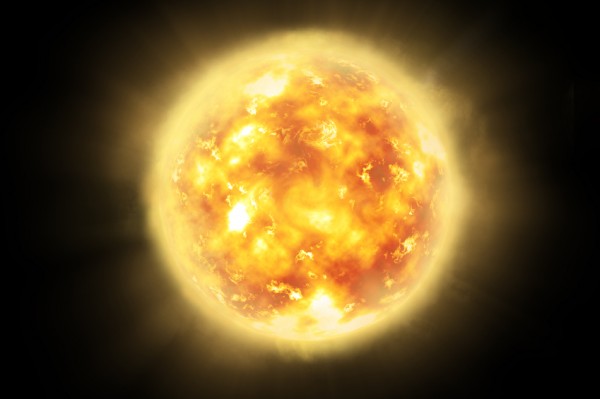
Advertisement
About once every one hundred years the Earth is threatened by severe solar storms and researchers warn that we are well overdue. For the first time they have released a map highlighting which regions of the US are at risk of being heavily impacted by an intense solar storm. The entire US has yet to be mapped because congressional approval has yet to be granted for researchers to acquire the necessary funding for completing surveys nationwide. Geomagnetic storm measurements along with data collected from magnetic minerals underneath the Earth’s surface helped build the new map. It reveals that the northern areas of Minnesota and Wisconsin carry the most risk of being showered by solar material. Solar storms can be 100 times more powerful in the upper Midwest then in the rest of the country.
A magnetotelluric survey was taken based on the aforementioned data and measurements to help comprise the map. The data from underground magnetic minerals was collected by placing large electrodes into the ground and recording the captured signals. The signals account for the rock layers and water table, among other factors, to determine the possible effect of the regions conductivity. It also shows the amount of electricity that can be gathered by a geometric storm. The shape of Earth’s magnetic field causes space weather to have bigger impacts at higher latitudes.
Earth’s magnetic fields could be disrupted by solar storms which could potentially destroy the electric power grid. A solar flare emitting a major electromagnetic pulse like last seen in 1859 would cause around $2.6 trillion worth of damage in today’s world. During a solar storm, magnetic energy erupts from the surface of the sun. When released, hot gases accelerate quickly towards the Earth. Electrons can travel at speeds reaching millions of miles per hour. Since rock isn’t very conductive, currents from solar storms flow through metals in our power grid’s infrastructure — completing the circuit. That could send us back to the stone age.
Researcher and Geologist Jeffrey Love, along with his team at the United States Geological Survey have been working on the Space Weather Operation Research and Mitigation (SWARM) project for over a year. In 2015 the White House’s National Science and Technology initiated the research project. Researchers believe that knowing which areas of the planet that could be most heavily impacted will play an important role in our survival. Lets hope the storm can hold off for another hundred years.
Sources:
Submit a correction >>
This article may contain statements that reflect the opinion of the author
Advertisement
Advertisements















